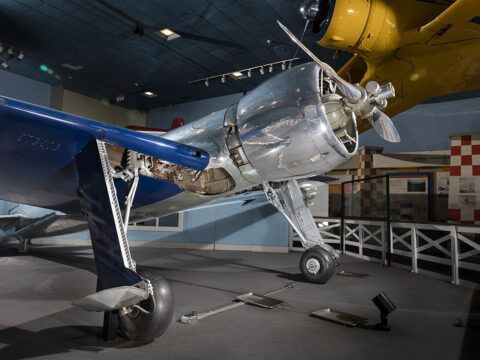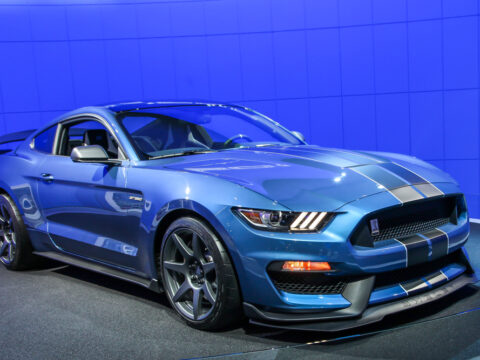Throughout history, certain naval warships have stood out for their power, innovation, and impact on the seas. These vessels, each a symbol of their era, played key roles in shaping naval warfare and asserting dominance over the oceans. Here’s a look at 18 of the most formidable warships that have ruled the waves.
Contents
HMS Victory
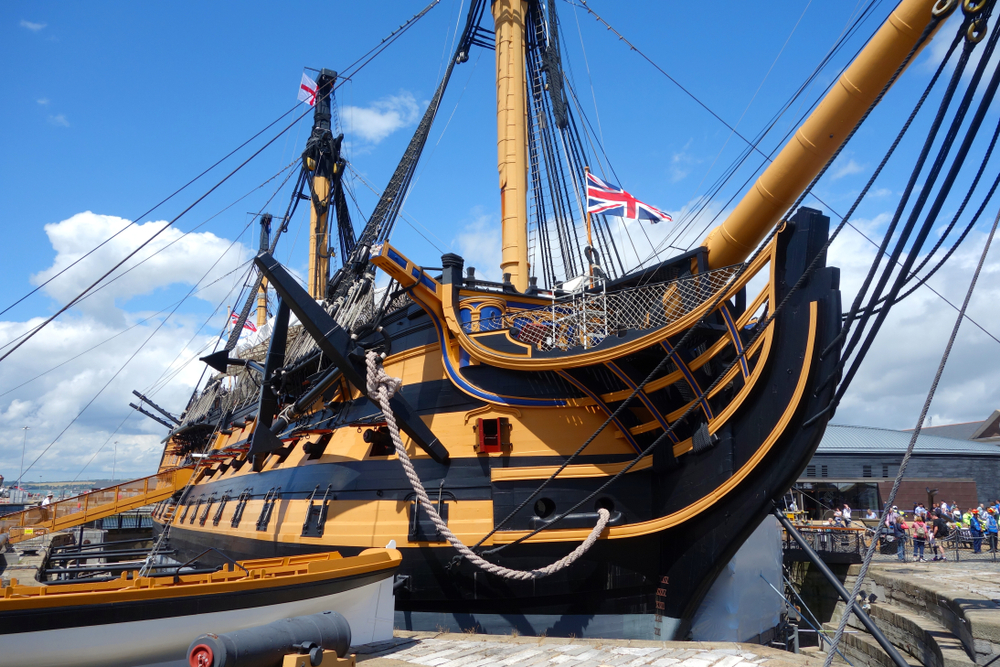
The HMS Victory, a British first-rate ship of the line, played a crucial role in the Battle of Trafalgar in 1805, leading Admiral Nelson’s fleet to victory. As the flagship of the Royal Navy, it boasted 104 guns and carried over 800 crew members. Built from solid oak and equipped with powerful artillery, this warship was an intimidating force on the seas. Today, HMS Victory is preserved as a museum ship in Portsmouth, England, standing as a symbol of the British Navy’s might during the Age of Sail.
USS Constitution
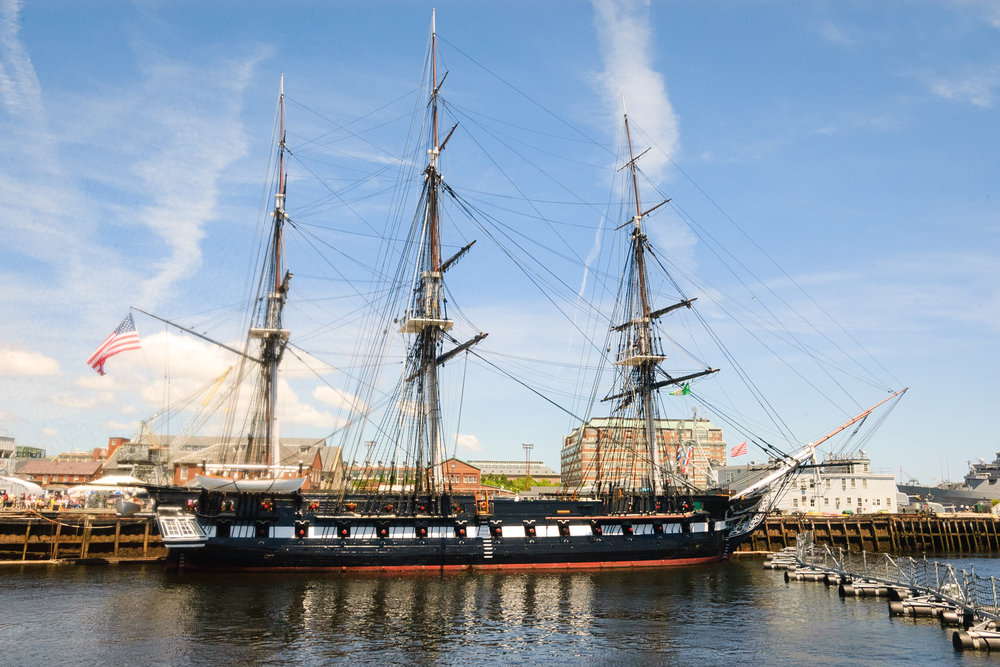
Nicknamed “Old Ironsides,” the USS Constitution gained fame during the War of 1812 for its unmatched resilience and firepower. Launched in 1797, this American frigate was constructed with a heavy live oak hull and armed with 44 guns, allowing it to outgun and outlast numerous British warships. Its victories cemented its place in history, making it a revered symbol of early American naval strength.
Bismarck

The German battleship Bismarck was a formidable adversary during World War II, feared for its devastating power. Launched in 1939, it carried eight 15-inch guns and could reach speeds of up to 30 knots, making it a formidable opponent on the high seas. The Bismarck’s destruction of the HMS Hood, Britain’s largest warship at the time, showcased its deadly capabilities. However, the Royal Navy relentlessly pursued and eventually sank the Bismarck in 1941, ending its short but impactful reign.
Yamato
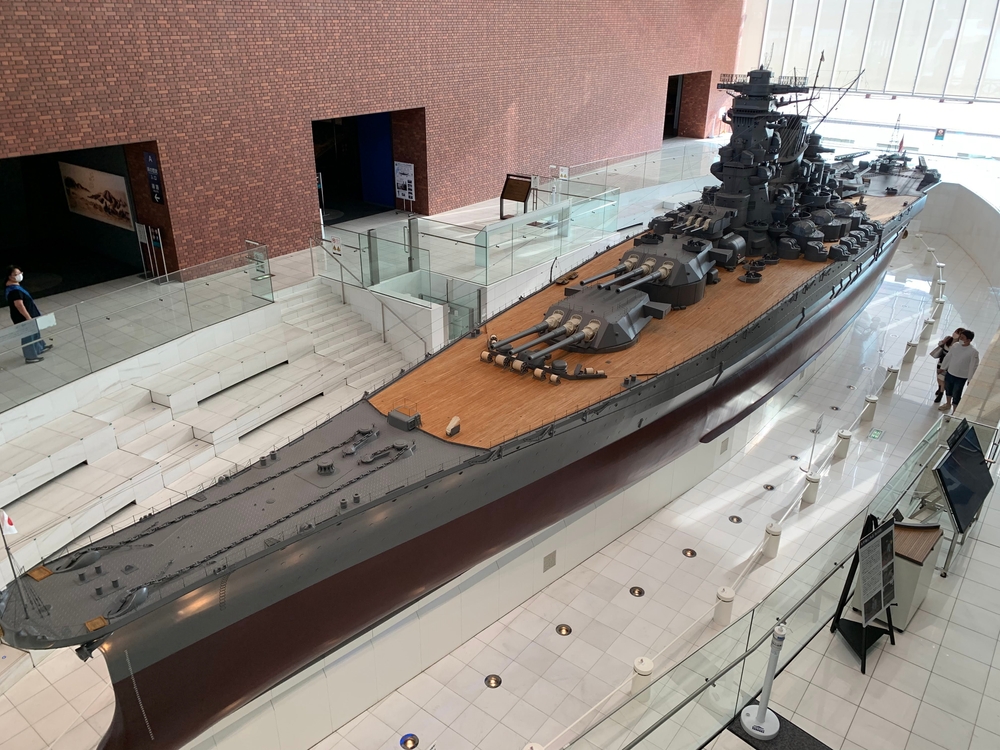
The Japanese battleship Yamato, launched in 1940, was the heaviest and most powerfully armed battleship ever built. It carried nine 18.1-inch guns, the largest ever mounted on a warship, making it a colossal force in naval warfare. Despite its immense size and firepower, the Yamato met its end in 1945 during Operation Ten-Go, when U.S. forces sunk it. The Yamato’s legacy endures as a symbol of Japan’s naval ambitions during World War II.
HMS Dreadnought
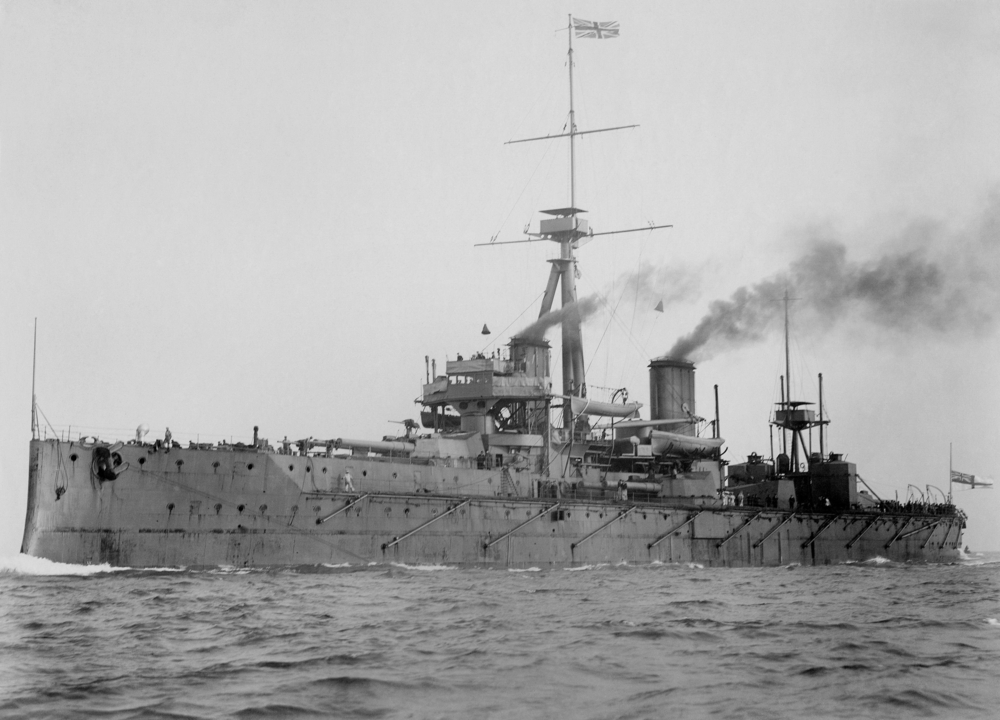
Revolutionizing naval warfare, the HMS Dreadnought set new standards when it was launched in 1906. It was the first battleship to feature an all-big-gun armament of ten 12-inch guns and was powered by steam turbines, allowing for unprecedented speeds. This innovative design rendered all previous battleships obsolete and sparked a global naval arms race. The term “dreadnought” soon became synonymous with the most powerful battleships of the early 20th century.
USS Missouri
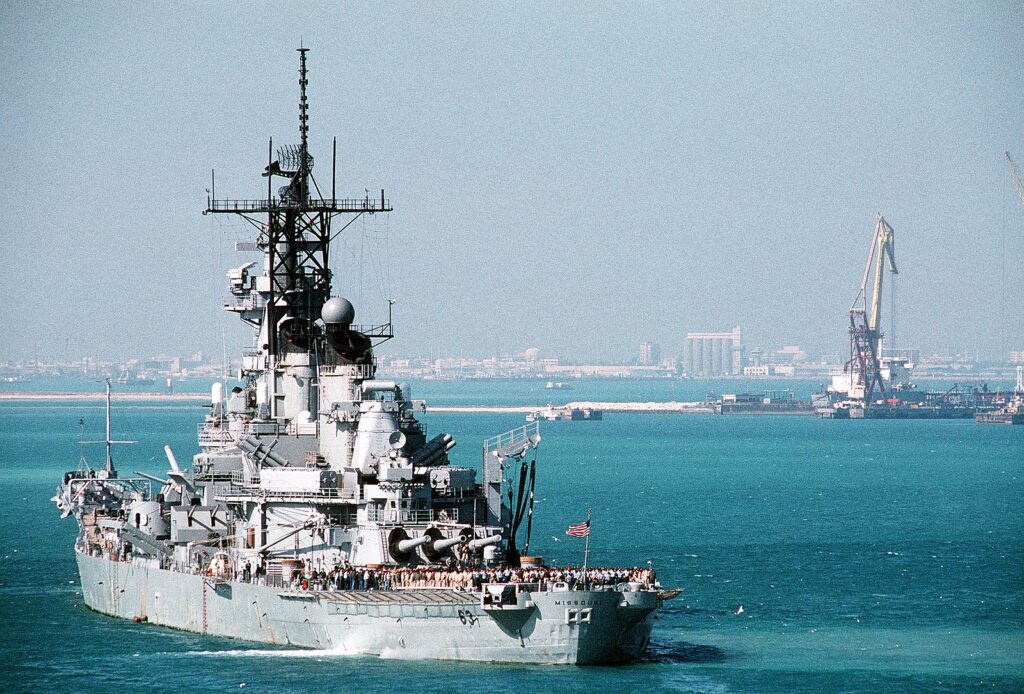
The USS Missouri, famously known as “Mighty Mo,” holds a significant place in history as the site where Japan formally surrendered in 1945, ending World War II. This last battleship commissioned by the United States was armed with nine 16-inch guns and numerous anti-aircraft weapons, making it a powerful force in both World War II and the Korean War. Today, the USS Missouri serves as a museum ship at Pearl Harbor, Hawaii, reminding visitors of its vital role in American military history.
HMS Hood
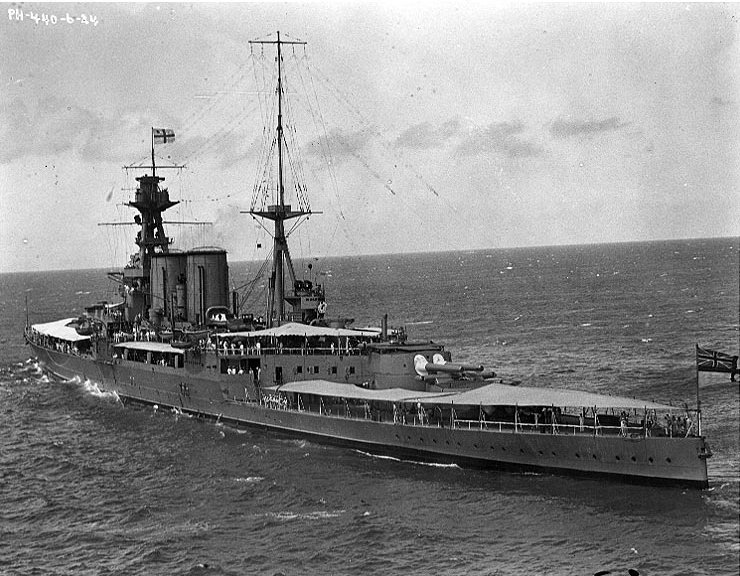
The HMS Hood, the largest warship in the world upon its launch in 1918, was the pride of the Royal Navy. As a battlecruiser, it combined the firepower of a battleship with the speed of a cruiser, making it a formidable presence on the seas. However, its relatively thin armor became a fatal flaw during its encounter with the Bismarck in 1941, leading to its tragic sinking and the loss of over 1,400 men. The Hood’s demise marked a significant moment in British naval history.
USS Enterprise (CV-6)
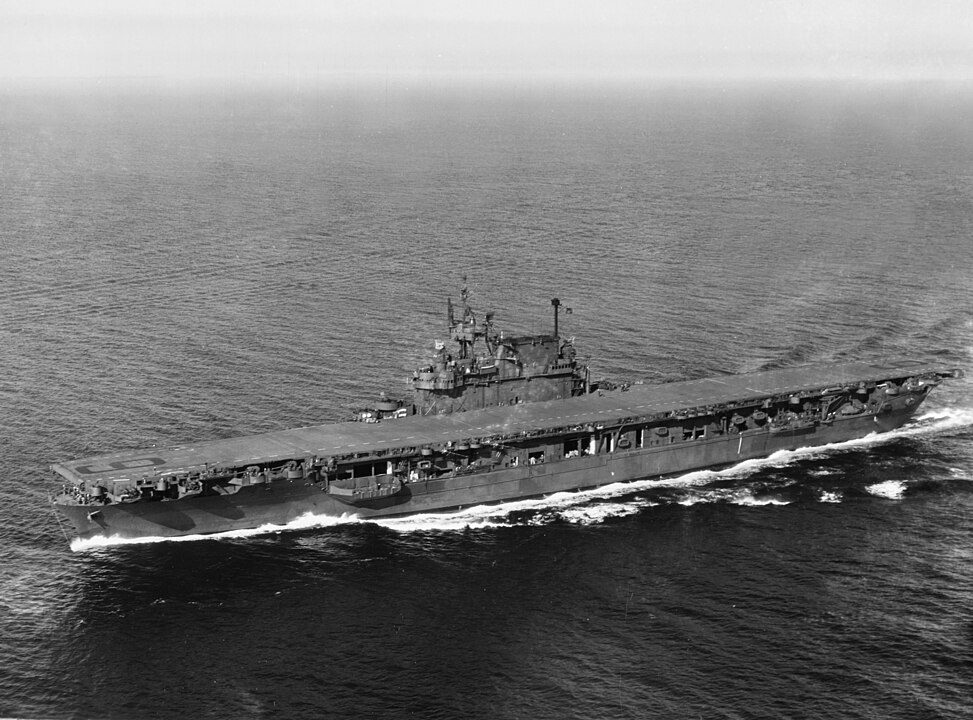
The USS Enterprise, affectionately known as the “Big E,” earned its place as the most decorated U.S. Navy ship of World War II. Commissioned in 1938, this aircraft carrier played a critical role in nearly every major naval battle in the Pacific Theater, including Midway and Guadalcanal. Its ability to launch and recover aircraft allowed the U.S. Navy to project power across vast ocean distances, fundamentally changing the nature of naval warfare.
HMS Warrior
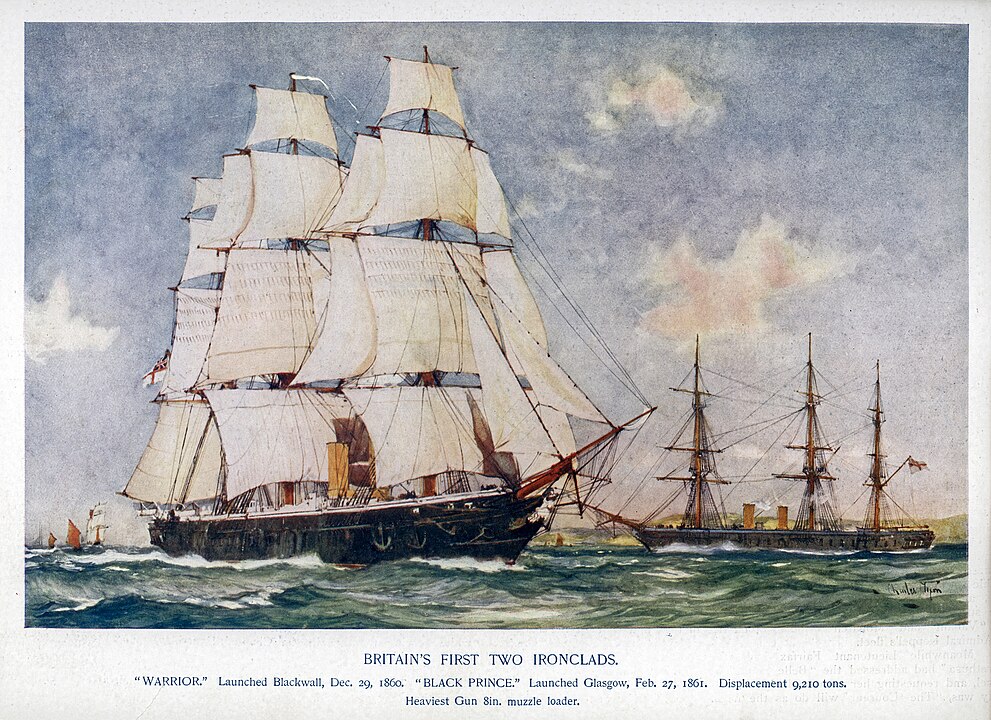
When HMS Warrior was launched in 1860, it marked a turning point in naval history as the world’s first iron-hulled, armored warship. Equipped with steam-powered engines and rifled guns, Warrior’s design rendered all other warships of the time obsolete. Although it never saw combat, the mere presence of the Warrior deterred potential adversaries and secured British naval dominance.
USS Nautilus (SSN-571)
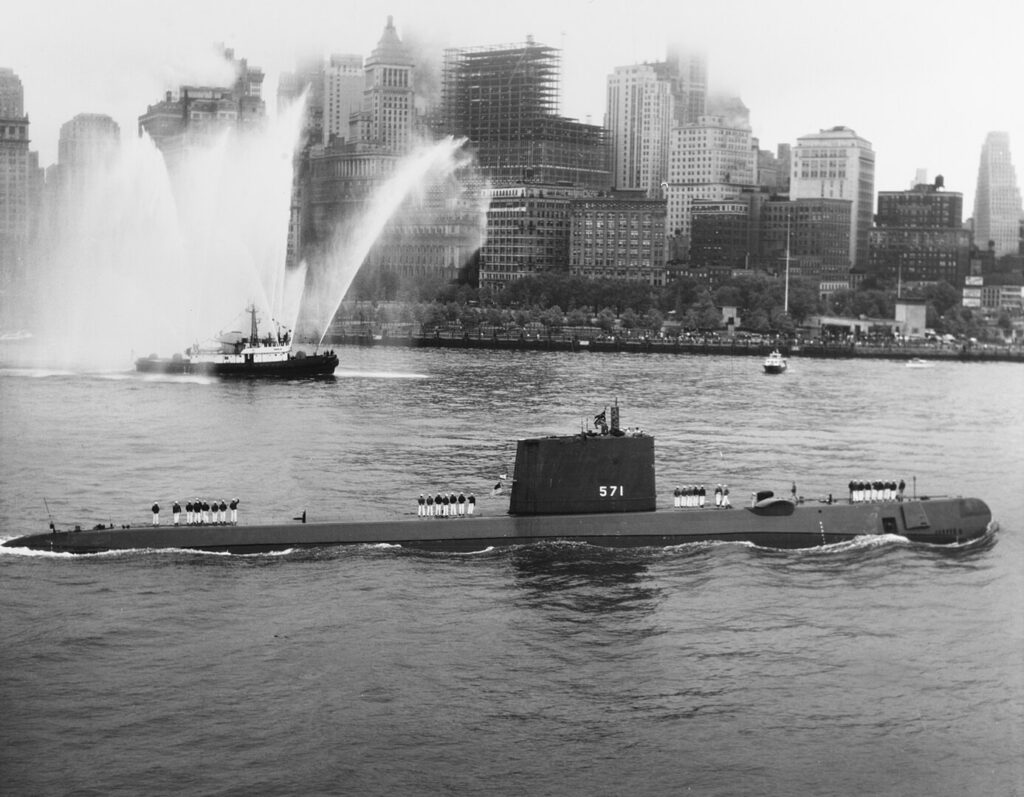
The USS Nautilus, launched in 1954, was the world’s first nuclear-powered submarine, heralding a new era in naval technology. Its nuclear propulsion allowed the Nautilus to travel faster and stay submerged longer than any submarine before it, revolutionizing submarine warfare. In 1958, it became the first submarine to complete a submerged transit of the North Pole, a remarkable achievement in naval history. The success of the Nautilus paved the way for the development of modern nuclear submarines.
Tirpitz
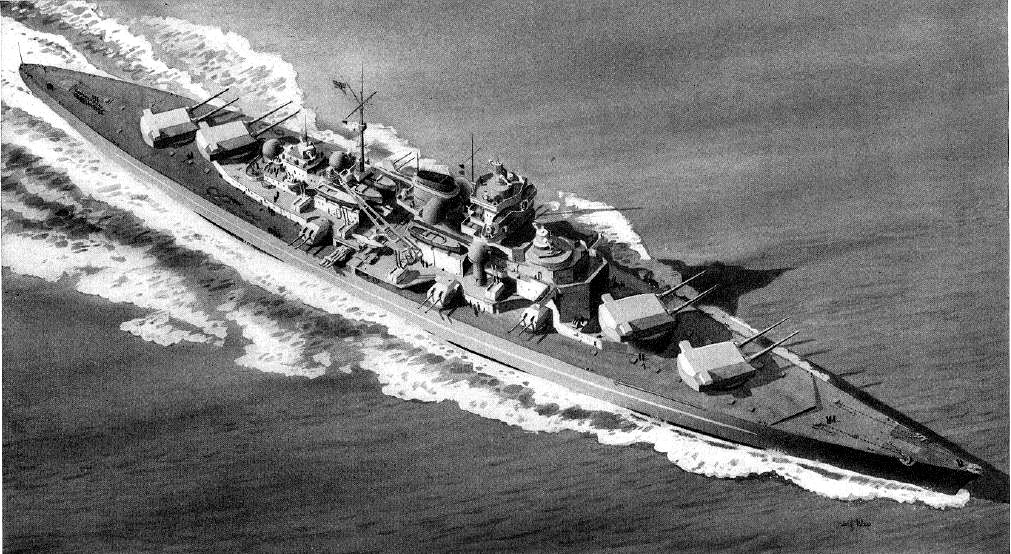
As the sister ship to the Bismarck, the Tirpitz was one of the most formidable battleships of World War II. Launched in 1939, the Tirpitz was heavily armored and equipped with eight 15-inch guns, making it a significant threat to the Allied forces. Although it saw limited action, the Tirpitz’s mere presence in Norwegian fjords tied down considerable Allied resources as they sought to neutralize it.
USS Iowa (BB-61)
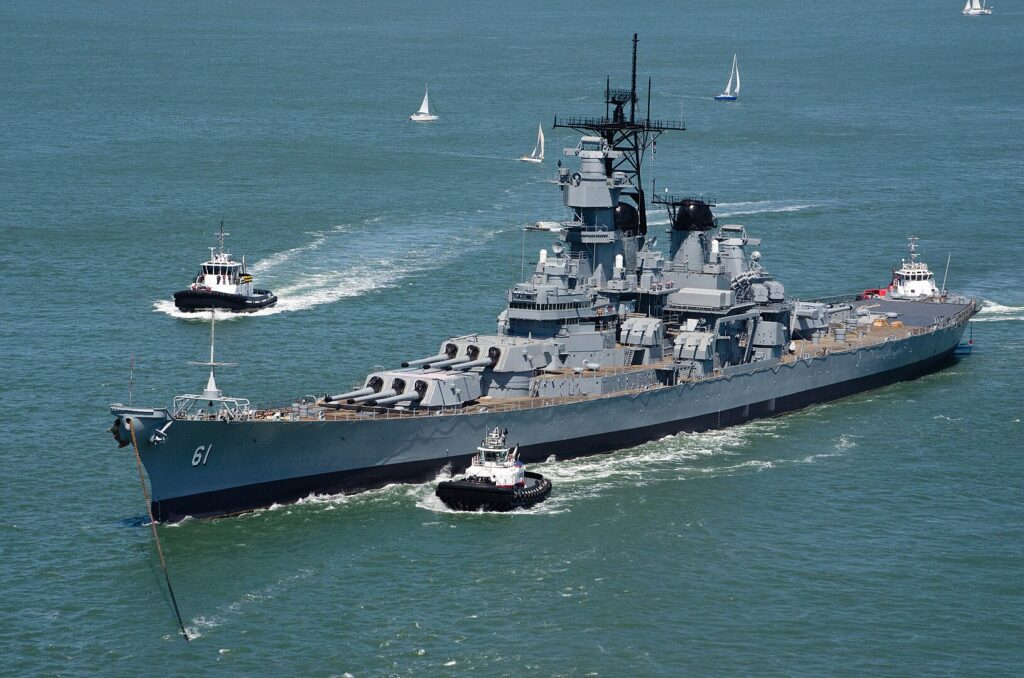
The USS Iowa, lead ship of her class of fast battleships, served with distinction in World War II, the Korean War, and beyond. Known for her impressive speed, heavy armor, and powerful nine 16-inch guns, the Iowa was a force to be reckoned with on the seas. She also served as the flagship for Admiral William Halsey during the Pacific War, further solidifying her place in naval history.
HMS Queen Elizabeth
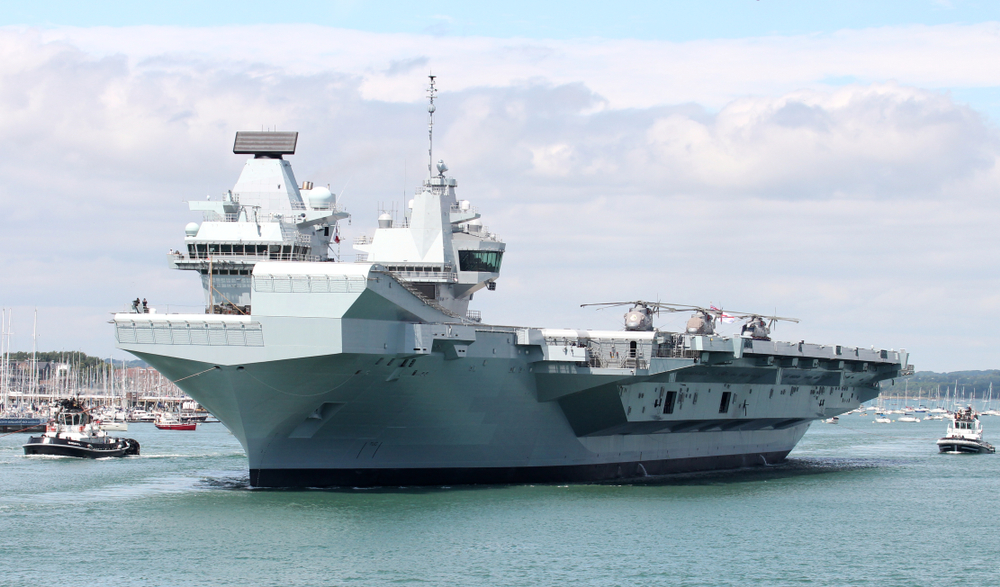
Launched in 2017, HMS Queen Elizabeth represents the Royal Navy’s return to carrier strike capabilities, projecting British naval power across the globe. As one of the largest and most advanced warships ever built by the Royal Navy, it can carry up to 60 aircraft, including the cutting-edge F-35B Lightning II jets. This modern aircraft carrier underscores the UK’s commitment to maintaining a blue-water navy in the 21st century.
HMS Repulse
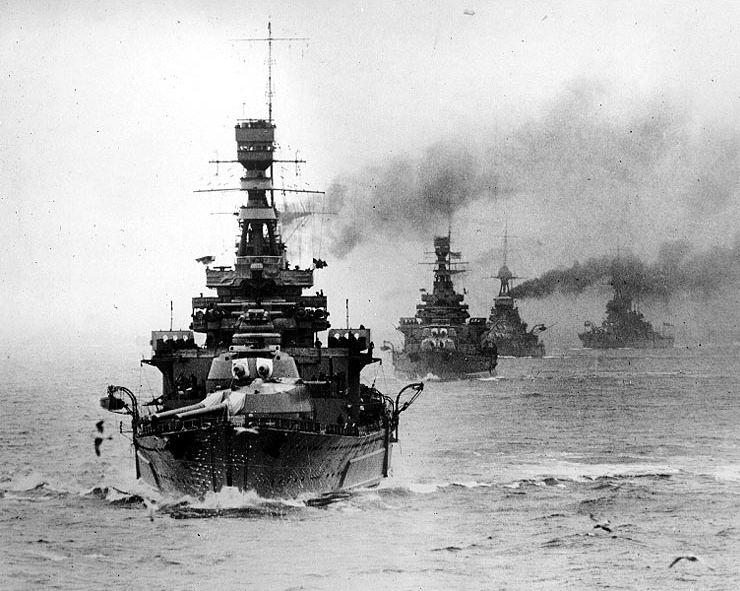
HMS Repulse, a British battlecruiser, was part of the force sent to defend British interests in the Far East during World War II. Despite its speed and firepower, Repulse was sunk by Japanese bombers in 1941, alongside HMS Prince of Wales, highlighting the growing dominance of air power in naval warfare. The loss of these two ships was a severe blow to British naval prestige and marked a significant shift in the balance of power in the Pacific.
USS George Washington (SSBN-598)
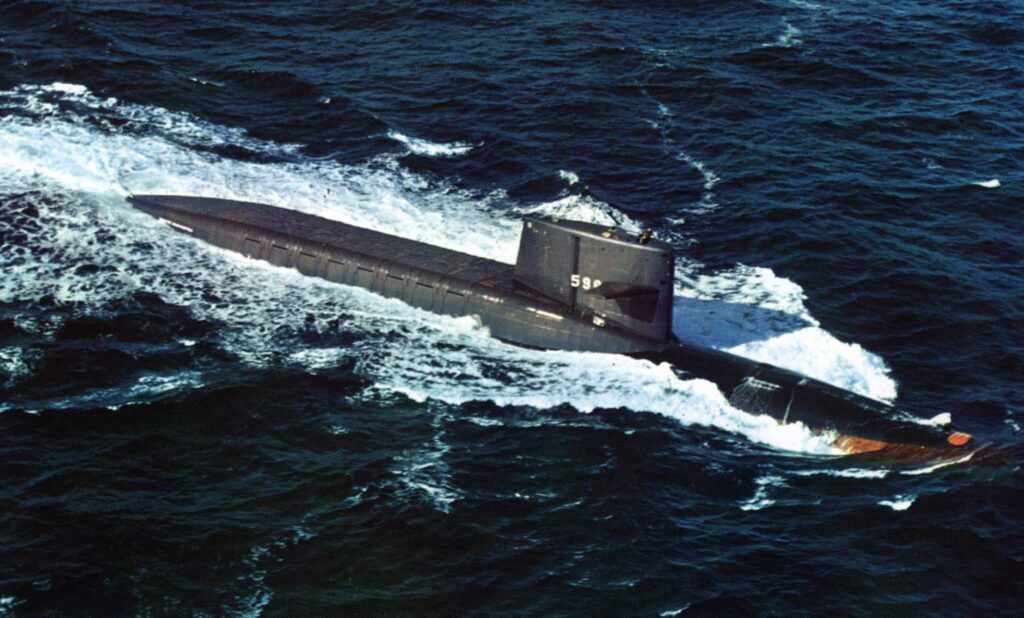
The USS George Washington, commissioned in 1959, was the world’s first nuclear-powered ballistic missile submarine, marking a significant leap in strategic deterrence. This submarine’s ability to launch nuclear missiles from underwater ensured a credible second-strike capability, making it a cornerstone of the U.S. Navy’s nuclear deterrent during the Cold War.
USS Essex (CV-9)
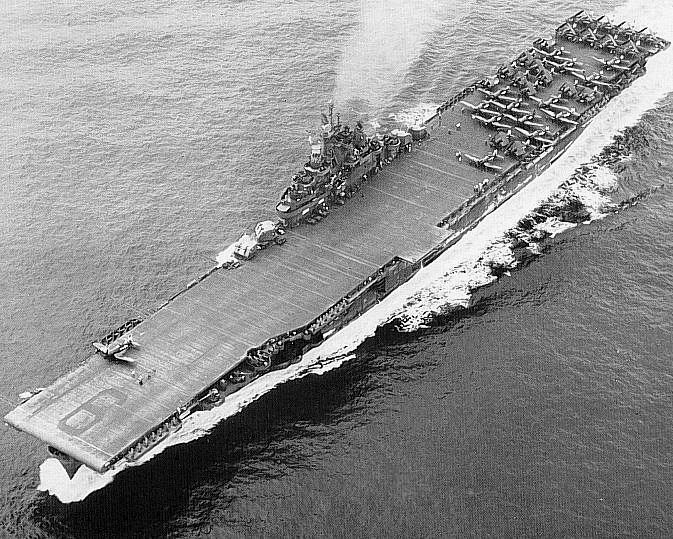
USS Essex, the lead ship of the Essex-class aircraft carriers, played a crucial role in the U.S. Navy’s operations during World War II. Launched in 1942, Essex was involved in significant battles across the Pacific Theater, including the Battle of Leyte Gulf and the Battle of the Philippine Sea. Its capacity to launch and recover large numbers of aircraft made it an essential asset in achieving air superiority and supporting ground operations.
HMS Ark Royal (R09)
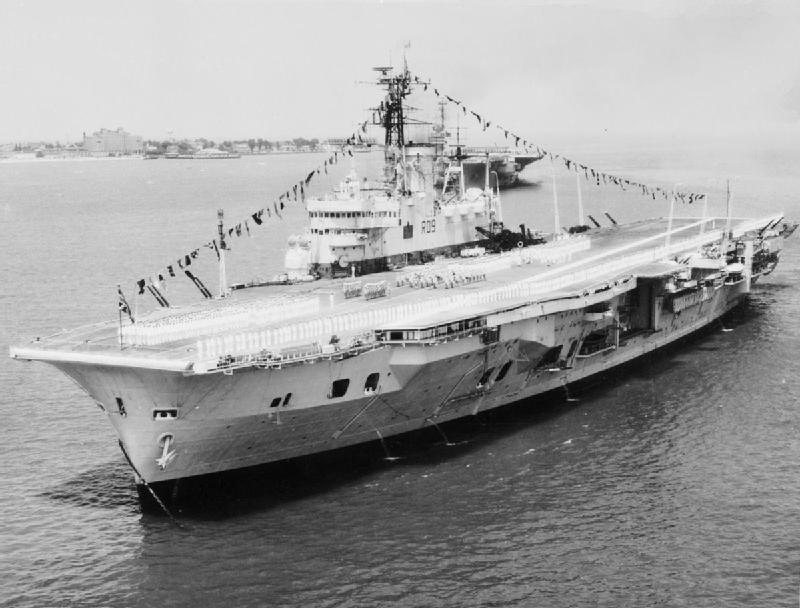
HMS Ark Royal, launched in 1950, was a British aircraft carrier that played a significant role in post-World War II naval operations. As one of the first carriers designed to operate jet aircraft, Ark Royal marked a pivotal transition in naval aviation. Throughout its service, it was involved in numerous NATO exercises and operational deployments, including the Suez Crisis. Ark Royal’s service demonstrated the growing importance of carrier-based air power in maintaining naval dominance during the Cold War era.
USS Ronald Reagan (CVN-76)
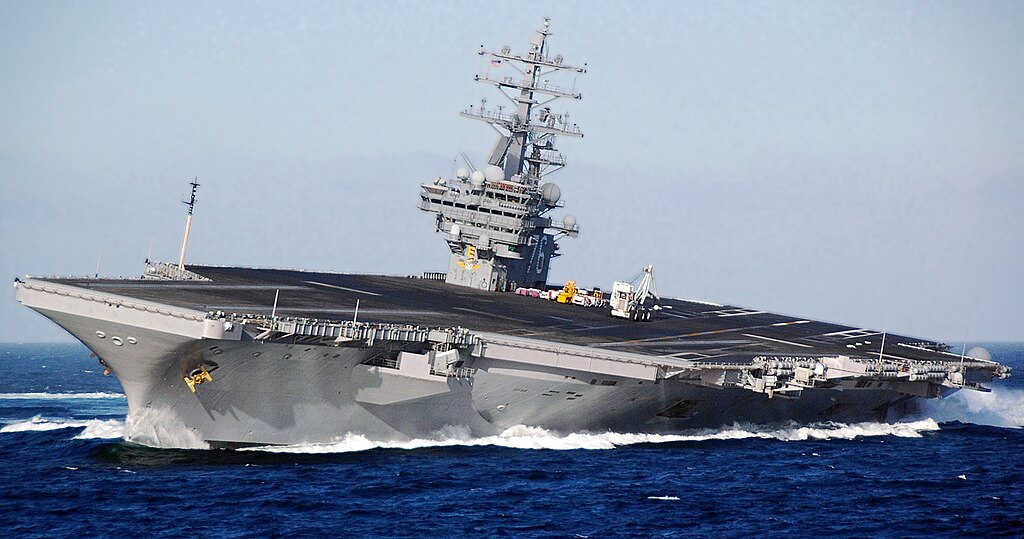
The USS Ronald Reagan, a Nimitz-class nuclear-powered aircraft carrier, was commissioned in 2003 and named after the 40th President of the United States. As one of the largest warships in the world, it can carry up to 90 aircraft, providing a mobile airbase that can project American military power anywhere in the world. The Reagan has been a key asset in various operations and humanitarian missions, showcasing the versatility and strength of the U.S. Navy.
This article originally appeared on MyCarMakesNoise.
More from MyCarMakesNoise
12 Rare Military Vehicles Collectors Dream About
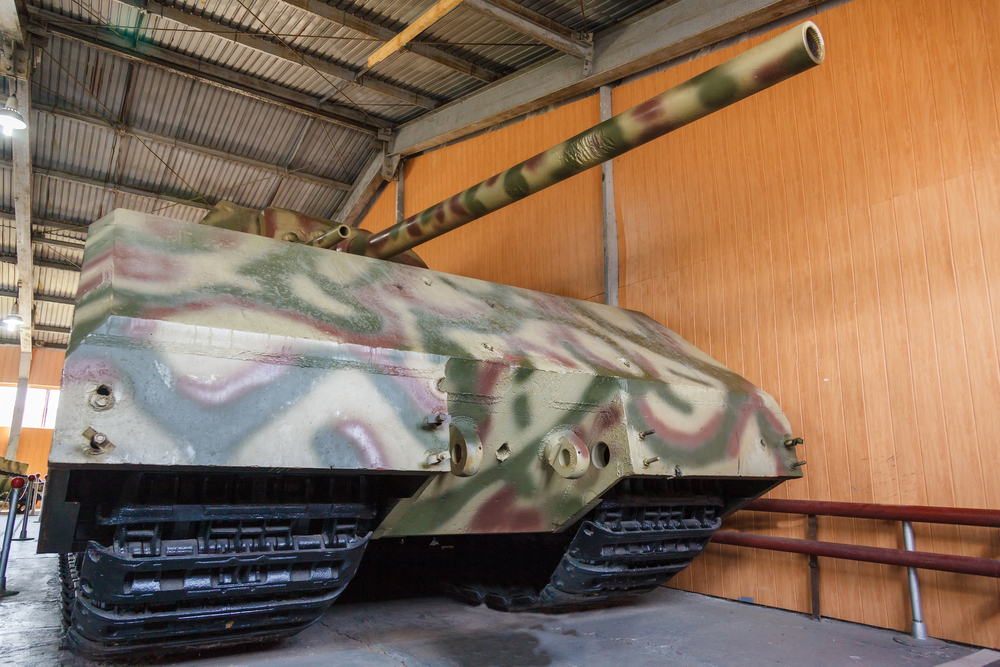
For military vehicle enthusiasts, the thrill of discovering rare and unique models is unparalleled. These collectors often dream about acquiring the most elusive and historically significant military vehicles. Read More.
18 Underrated Family Sedans with Exceptional Value
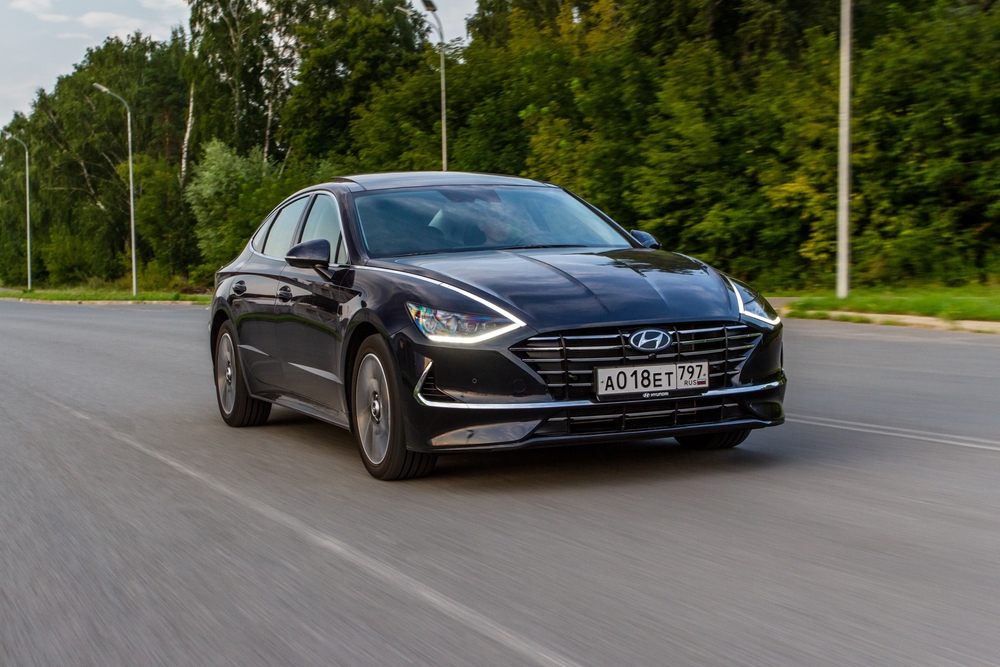
Finding the perfect family sedan can be challenging, especially when looking for exceptional value. Many overlooked models offer a great mix of comfort, reliability, and advanced features without breaking the bank. Read More.
8 Best RVs for Long-Distance Travel
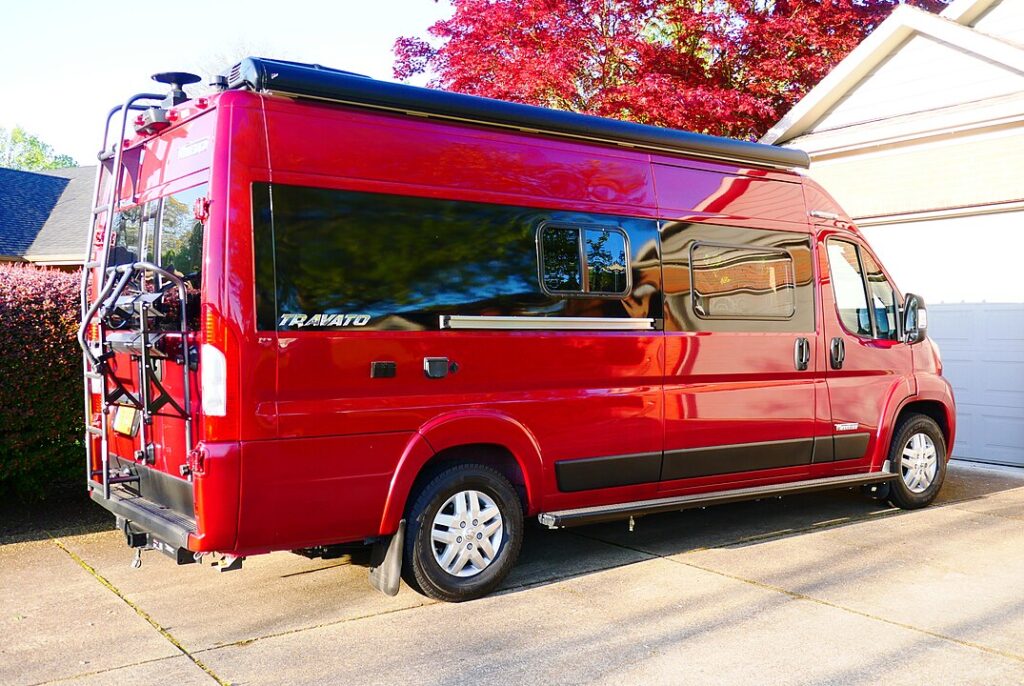
Planning a long-distance adventure on the open road? Choosing the right RV can make all the difference. From luxurious Class A motorhomes to compact and efficient Class B camper vans, there are plenty of options to suit every traveler’s needs. Read More.

